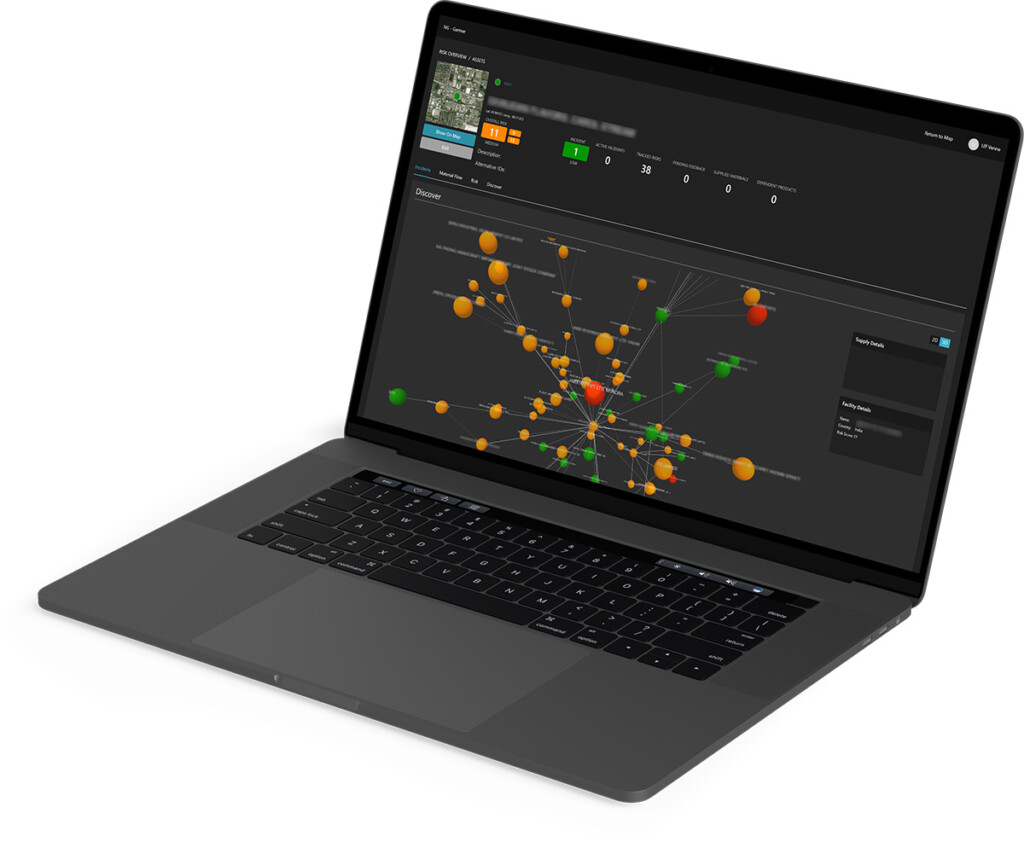What is supply chain mapping? Imagine it like a road trip with multiple stops along the way — each stop represents a phase in the creation and distribution of a product. Now, let’s talk about mapping this intricate trip; that’s where supply chain mapping comes into play.
Supply chain mapping isn’t about pulling out an old-fashioned globe and tracing routes with your finger. No, it’s about delving deep into the nooks and crannies of a supply chain to identify each supplier and process involved in bringing a product to market. Why is this crucial? Well, understanding the map helps businesses illuminate inefficiencies, risks, and opportunities for improvement that often lurk unseen.
Technology in supply chain mapping
We’re no longer flipping through hefty directories or stuck with static spreadsheets to understand supply chains. Like a lighthouse guiding ships to shore, modern technology allows us to create digital maps of supply chains—bright, illuminating, and ever-updated.
LEARN MORE ABOUT SUPPLY CHAIN VISIBILITY AND DIGITAL MAPPING: DOWNLOAD NOW
In this digital age, supply chain mapping leverages vast amounts of data to give businesses a clear picture of their entire supply network – including sub tier suppliers. We’re talking real-time tracking of goods, supplier performance analytics, and so much more. With this information at their fingertips, businesses are empowered to make informed decisions and navigate the supply chain seas with confidence.
Connectivity and collaboration
Remember the road trip analogy? Well, imagine if every participant on the journey could talk to each other in real time. That’s what technological platforms are enabling today. They serve as a meeting point for suppliers, manufacturers, distributors, and retailers to collaborate seamlessly. Risk management platforms are integrated into existing supply chain management software. This connectivity ensures that the trip goes smoothly, and everyone knows what’s happening at each stop and can plan accordingly.
Risk identification and mitigation
Here’s where things get really interesting. The supply chain may face storms — market fluctuations, political instability, or natural disasters. Digital mapping tools act as a weather forecast, giving businesses a heads-up on potential disruptions. They can then adjust their strategy, reroute, or take other precautions. It’s like having an insurance policy against the uncertainties of the global marketplace.
Sustainability and social responsibility
We can’t talk about supply chains without addressing supply chain sustainability. Consumers nowadays want to know if their purchases come at an environmental or humanitarian cost. Digital supply chain mapping fosters transparency, enabling businesses to demonstrate their commitment to ethical practices. This isn’t just good for the planet and society; it’s good for business, creating a brand consumers trust and remain loyal to.
 Figure 1: Supply chain mapping of a subtier supplier network visualization from the Everstream Discover risk management platform.
Figure 1: Supply chain mapping of a subtier supplier network visualization from the Everstream Discover risk management platform.
Supply chain mapping: The path ahead
In the grand tapestry of global trade, supply chain mapping is a vital thread. Technology is our lens, bringing the intricate details into focus. As we look to the future, the roads of supply chains will only get more complex, with more stops and more travelers. The role of technology in mapping these routes will become increasingly important, shining a light on the pathways businesses take, the choices they make, and the impacts they have on the world around us.
Are you ready to embark on this mapping adventure and discover the full story behind your products? By embracing technology, we’re not just charting a route; we’re navigating towards efficiency, resilience, and integrity. Indeed, the journey ahead is promising, illuminating, and ripe with possibility.
LEARN MORE ABOUT SUPPLY CHAIN VISIBILITY AND DIGITAL MAPPING: DOWNLOAD NOW